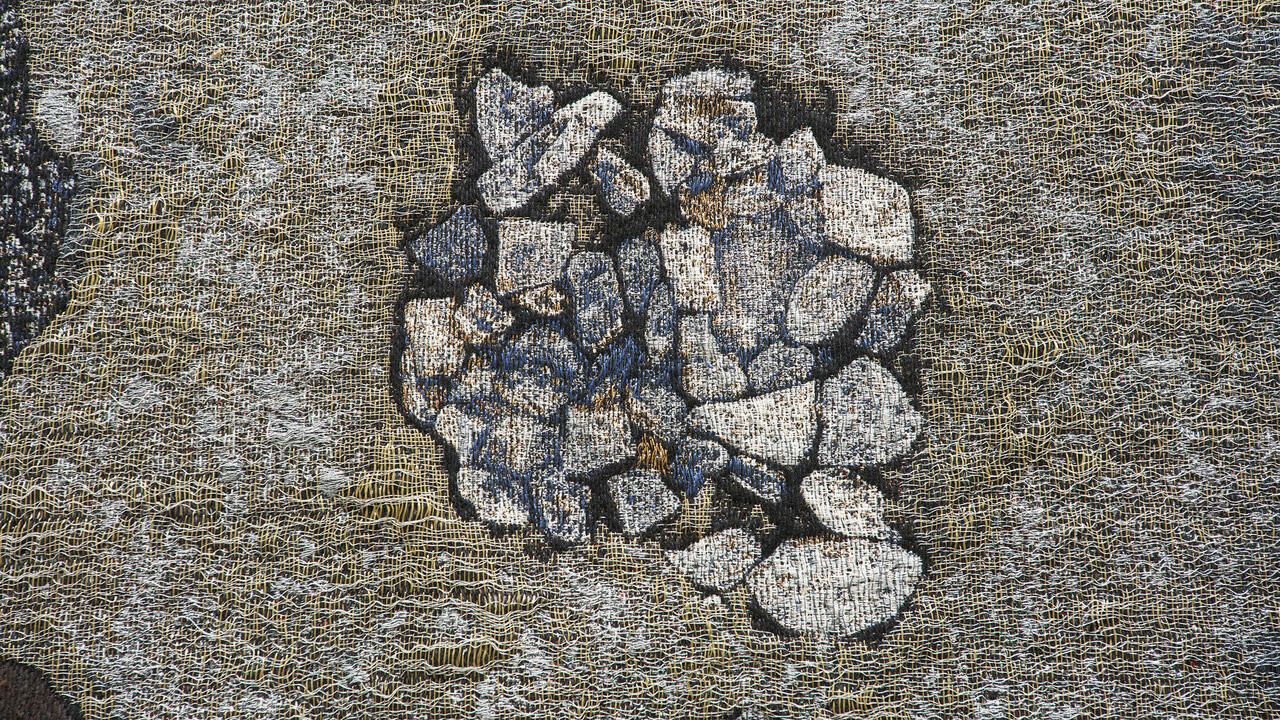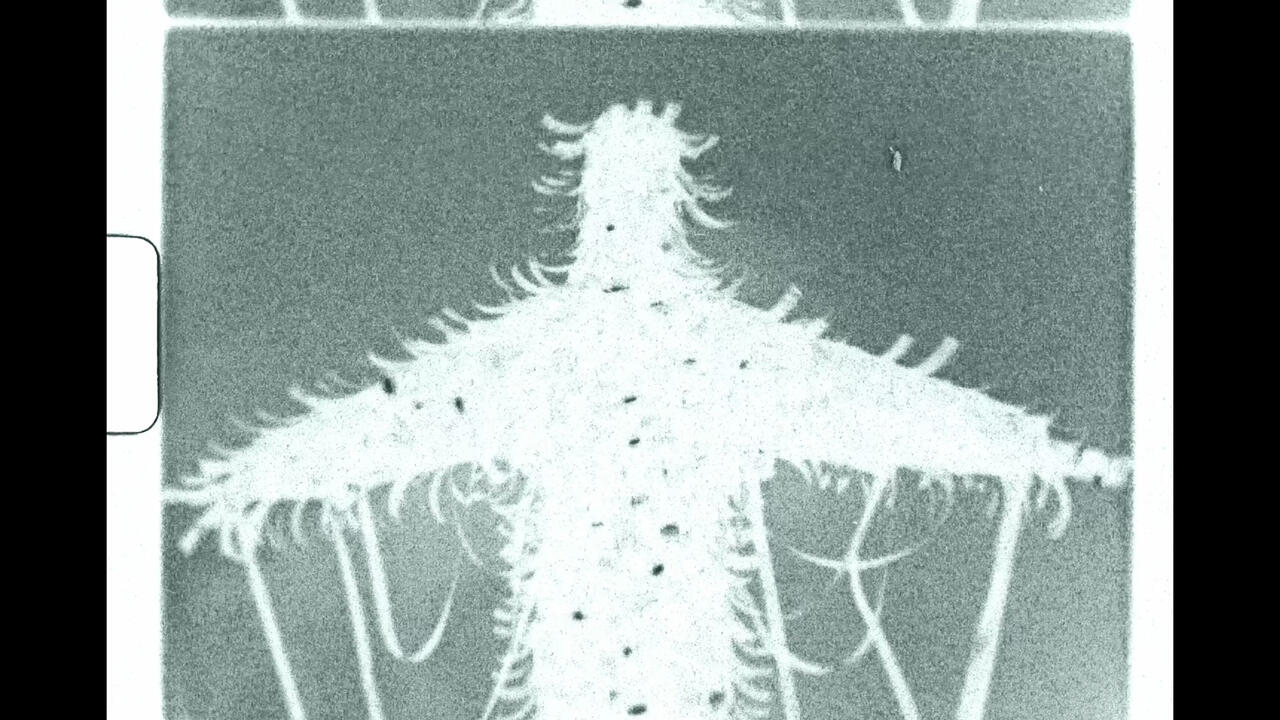Steffani Jemison’s Mythos of Fugitivity
The artist’s exhibition at Greene Naftali, New York, recasts Icarus within a modern-day exploration of Black emancipation and freedom
The artist’s exhibition at Greene Naftali, New York, recasts Icarus within a modern-day exploration of Black emancipation and freedom

Like many haunting stories, the Ancient Greek myth of Icarus is irreducibly linked to the question of freedom. Imprisoned on Crete, Icarus attempted escape on wax wings, which melted when he flew too close to the sun, sending him plummeting into the sea. His death was an accident, but it can be likened to the many thousands of drownings driven by a devastating intention: those of captive Africans who, seeking deliverance from slave ships, plunged themselves into the Atlantic Ocean.
Steffani Jemison weaves this pairing of myth and history together in her exhibition, ‘Bound’, at Greene Naftali, New York. The restrained yet incisive videos, paintings and sculptures on view deal with the body in flight: acrobats soar against skylines while silhouettes of falling figures cascade against painterly surfaces. More specifically, the exhibition’s ambit is the flight of Black bodies absconding into skies of liberation, into vast and unfettered possibilities.

The title suggests a duality of meaning, intermingling freedom and subjugation: one can ‘bound’ upwards from the earth or be ‘bound’ in captivity. In Jemison’s 20-minute titular video (all works 2024), the word also plays on SkyBound, a US manufacturer of trampolines. Steadily traversing the sky and its slow, nearly abstract drift of clouds, the video is a blissful, unmooring exploration of the volitant Black body. Members of the Chicago-based Jesse White Tumblers, a majority-Black group of aerial acrobats, flash across the screen. We glimpse only the weightless rush of their movements as they glide through the air; they flee our gaze and cannot be fixed down. As the camera moves across the sky, the SkyBound logo lingers onscreen. On the one hand, the emblem projected across the gallery can be read as an unsettling gesture toward marketing and the attendant commodification that haunts Black being in the wake of slavery; on the other, the term ‘sky-bound’ can be understood as a description of Black fugitivity’s metaphorical orientation.
The seductive delight of flying is amplified in a voice-over featuring two members of the tumbling troupe. In improvised monologues, they narrate the enthralling experience of suspension and lift: ‘I’m just flying, enjoying the air,’ one of them exclaims. ‘Swoop, swoop glide.’ The tumblers’ rapturous language and evanescent bodies call to mind what, in A Black Gaze: Artists Changing How We See (2021), Tina Campt terms ‘Black countergravity’ – the practices of everyday resistance which Black people devise to rise above the ground of white supremacy, to ‘defy the physics of anti-Blackness that has historically exerted a negating force aimed at expunging Black life’.

Falling, flickering and floating, the careening shadow of Icarus recurs throughout the gallery. A series of geometric sculptures made from steel piping – all titled Untitled (Projection) – recalls the playful architecture of jungle gyms and tempts the viewer to ascend. Nestled within, several small paintings of Icarus’s silhouette are grounded on silvered-glass mirrors, which produce the subtle illusion that the brushstrokes are floating.
The mythical figure appears again – arms akimbo, a tangle of twisted curves in free fall – in the miniature Untitled (Bound), while in Untitled (Projection) he is a black mass of thick, liquid brushstrokes gathering into something better resembling a vortex than a body. Seen alongside the Black tumblers, Icarus is recast outside of mythology, becoming a figure of the very real conditions of buoyancy and liberation that Black life makes for itself. All of this is linked to and complicated by tragedy: Icarus’s lethal fall is indexed in our consciousness of his flight, and unfreedom is indexed in our consciousness of freedom. Black fugitivity is a matter of life and death.
Steffani Jemison’s ‘Bound’ is on view at Greene Naftali, New York, until 9 March
Main image: Steffani Jemison, Bound, 2024, video still. Courtesy: the artist and Greene Naftali, New York; photograph: Zeshan Ahmed























